In the tapestry of Earth’s living creatures, certain species stand as remarkable windows into the prehistoric past. While many ancient lineages have disappeared into extinction, some birds have retained primitive characteristics that offer glimpses into avian evolutionary history. The hoatzin, shoebill stork, and cassowary might seem like candidates for the title of most ancient-looking bird, but none can truly claim this distinction like the remarkable southern cassowary. Walking through its rainforest habitat, with its dinosaur-like appearance and prehistoric demeanor, this flightless bird embodies a living connection to the ancient world of the dinosaurs. In this exploration, we’ll discover why the southern cassowary represents one of the most ancient-looking birds still gracing our planet today.
The Southern Cassowary: A Living Dinosaur

The southern cassowary (Casuarius casuarius) stands as perhaps the most ancient-looking bird still alive today, often called a “living dinosaur” by those who encounter it. Native to the tropical rainforests of northeastern Australia, Papua New Guinea, and nearby islands, this flightless bird reaches impressive heights of up to 6.6 feet (2 meters) and can weigh up to 187 pounds (85 kg), making it the world’s third heaviest bird after the ostrich and emu. Its most distinctive feature is the helmet-like casque atop its head – a keratinous structure that resembles the crests of certain dinosaurs and contributes significantly to its prehistoric appearance. The cassowary’s fearsome reputation is further enhanced by its powerful legs and dagger-like inner claws, which can deliver potentially fatal strikes when the bird feels threatened.
Evolutionary Timeline and Ancient Origins
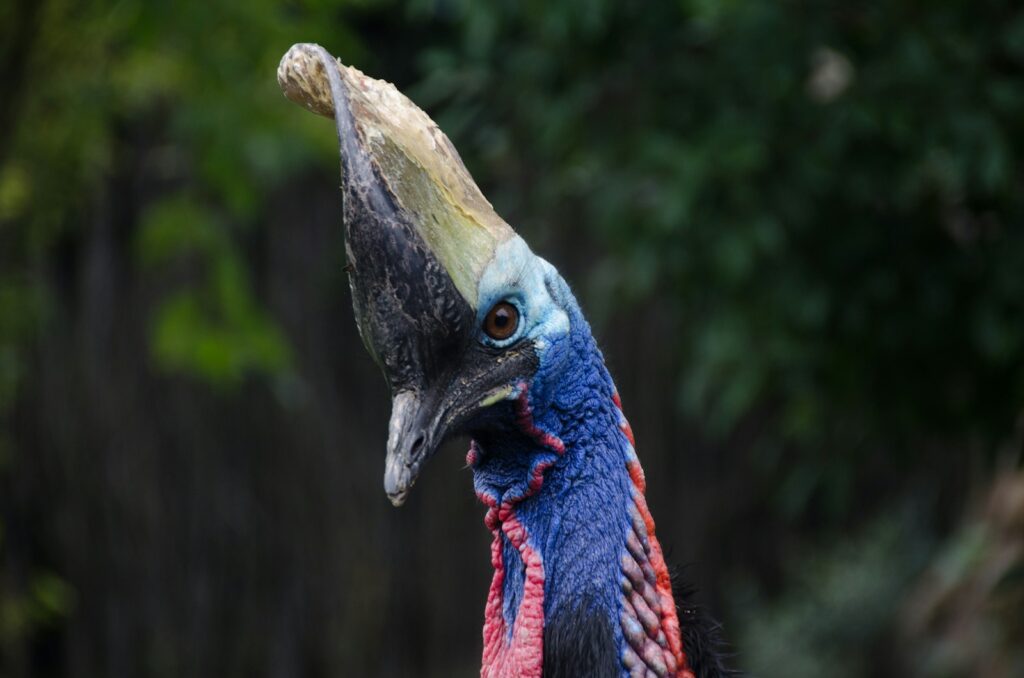
The cassowary belongs to the ratite family, a group of flightless birds that includes ostriches, emus, rheas, and kiwis, which diverged from other avian lineages approximately 130 million years ago during the Early Cretaceous period. This ancient divergence occurred when dinosaurs still ruled the earth, placing cassowaries among the oldest living bird lineages. Paleontological evidence suggests that the earliest ancestors of modern cassowaries appeared around 60 million years ago, shortly after the mass extinction event that wiped out non-avian dinosaurs. Their evolutionary history is deeply intertwined with the ancient supercontinent Gondwana, as ratites spread across the southern landmasses before they drifted apart. This long, isolated evolutionary journey has preserved many primitive characteristics in the cassowary that other bird species have lost over millions of years of adaptation.
The Prehistoric Casque: Form and Function

The cassowary’s most distinctive feature – its casque – contributes significantly to its dinosaur-like appearance and has puzzled scientists for centuries. This helmet-like structure, composed primarily of keratin (the same material as human fingernails), begins growing when the bird is around 12 months old and continues to develop throughout its life. Recent research suggests multiple functions for this prehistoric-looking feature: it may serve as a sexual ornament for mate attraction, act as a resonating chamber to amplify the bird’s deep booming calls in dense rainforest, or function as a protective helmet when the cassowary pushes through dense undergrowth. Some scientists have also proposed that the casque might serve as a thermal radiator to help regulate body temperature in humid rainforest environments. The remarkable similarity between cassowary casques and the crests of certain dinosaurs like Corythosaurus has not escaped notice, strengthening the bird’s connection to its ancient reptilian ancestors.
Dinosaur-Like Scales and Skin
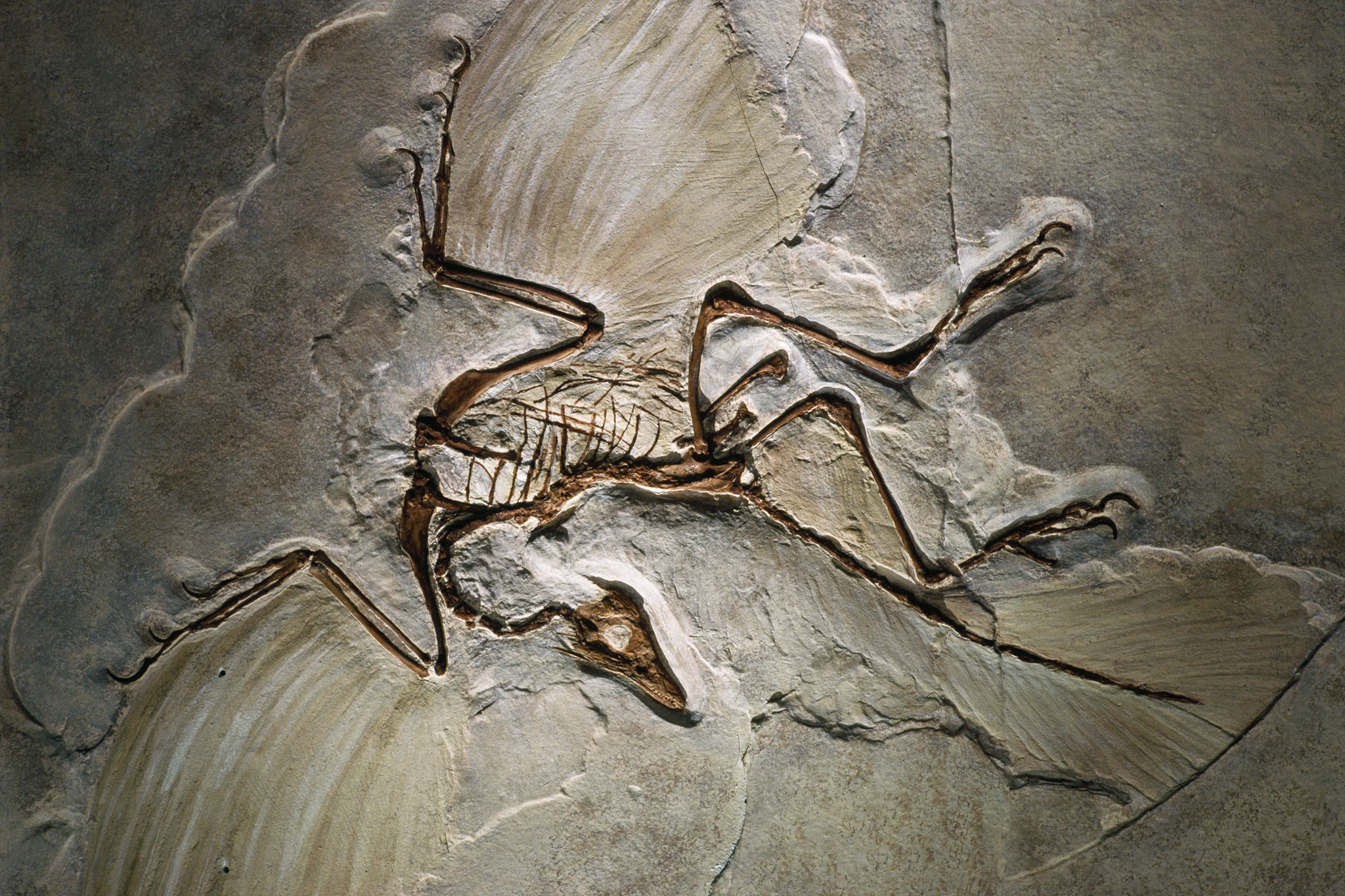
Unlike most birds covered in soft, insulating feathers, the cassowary displays several skin features reminiscent of reptiles and dinosaurs. Its neck and head are largely featherless, exposing brightly colored skin in shades of vivid blue and red, with wrinkled textures that resemble those of reptiles. Particularly noteworthy are the wattles – fleshy caruncles hanging from its neck that bear an uncanny resemblance to features found in certain theropod dinosaurs. The cassowary’s legs are covered with scales rather than feathers, creating an appearance strikingly similar to the scaly legs of therapod dinosaurs from which birds evolved. These primitive skin characteristics have remained largely unchanged for millions of years, while most other bird species have evolved more specialized feather coverings across their entire bodies.
Primitive Feather Structure
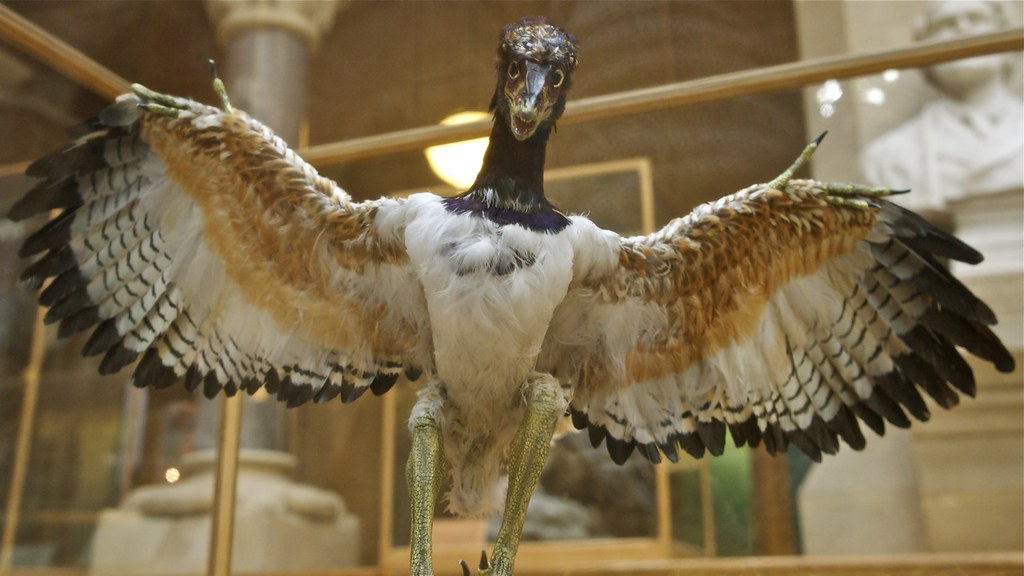
The cassowary’s feathers represent some of the most primitive plumage structures found in any living bird, providing further evidence of its ancient lineage. Unlike the complex, interlocking feathers of flying birds, cassowary feathers lack the tiny hooks (barbicels) that create the smooth, cohesive surface necessary for flight. Instead, they possess long, hair-like feathers that hang loosely from their bodies, resembling the simple, filamentous proto-feathers that scientists believe early feathered dinosaurs possessed. Each cassowary typically has around 5-6 primary feathers that have evolved into specialized quills measuring up to 7 inches (18 cm) long, which protrude from their wings like spines rather than forming flight surfaces. This primitive feather structure serves primarily for insulation and protection rather than aerodynamics, reflecting the cassowary’s ancient evolutionary divergence from flying birds.
Vestigial Wings and Flightless Adaptation
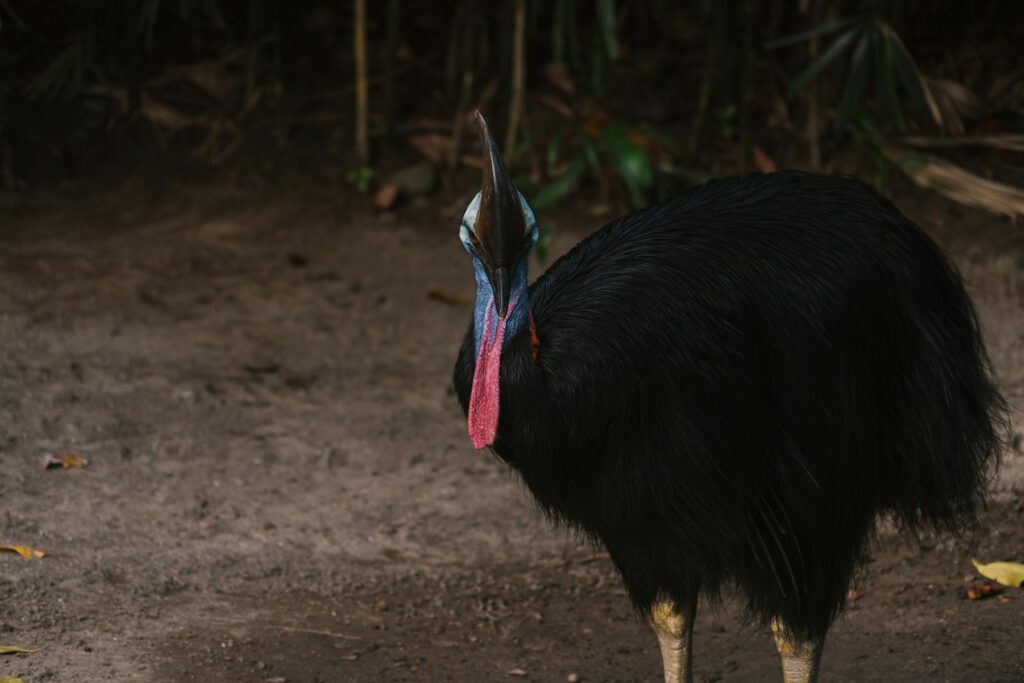
The cassowary’s wings represent one of the most extreme examples of wing reduction in the avian world, appearing as little more than small, vestigial appendages barely visible beneath their body feathers. Each wing contains a primitive claw at its end – a feature present in archaeopteryx and other early birds but lost in most modern species. These greatly reduced wings measure just 7.5 inches (19 cm) in length, making them proportionally among the smallest wings relative to body size of any bird. The presence of these vestigial structures tells an evolutionary story of ancient flight capability gradually lost through millions of years of adaptation to a ground-dwelling lifestyle. Unlike many other flightless birds that use their wings for balance or display, the cassowary’s wings serve almost no functional purpose, representing true evolutionary vestiges that connect them directly to their distant flying ancestors.
Fearsome Feet: Weapons from the Past
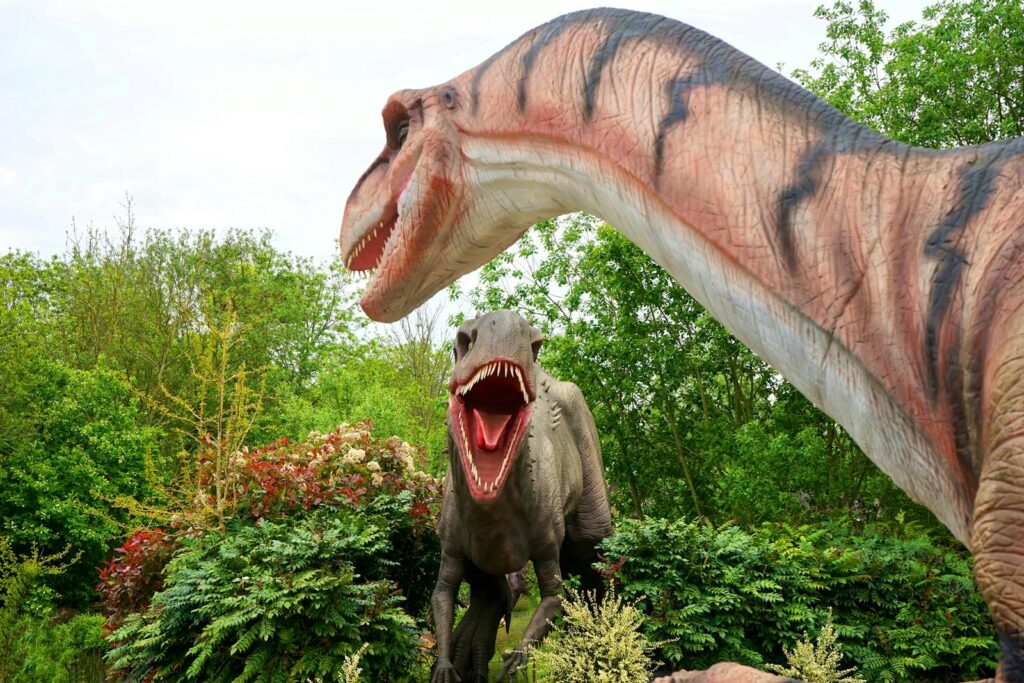
Perhaps the most dinosaur-like feature of the cassowary is its formidable feet, which bear a striking resemblance to those of dromaeosaurid dinosaurs like Velociraptor. Each foot possesses three toes, with the inner toe featuring a dagger-like claw that can grow up to 5 inches (12 cm) in length – the longest claw of any bird species alive today. These powerful legs can deliver kicks with tremendous force, capable of disemboweling potential predators or threats in a single strike. Cassowaries can also jump up to 5 feet (1.5 meters) high and run at speeds approaching 30 mph (50 km/h), despite their substantial weight. This combination of speed, power, and weaponry reflects their ancient evolutionary history as ground-dwelling birds that needed effective defenses against predators in the absence of flight.
Primitive Digestive System and Diet
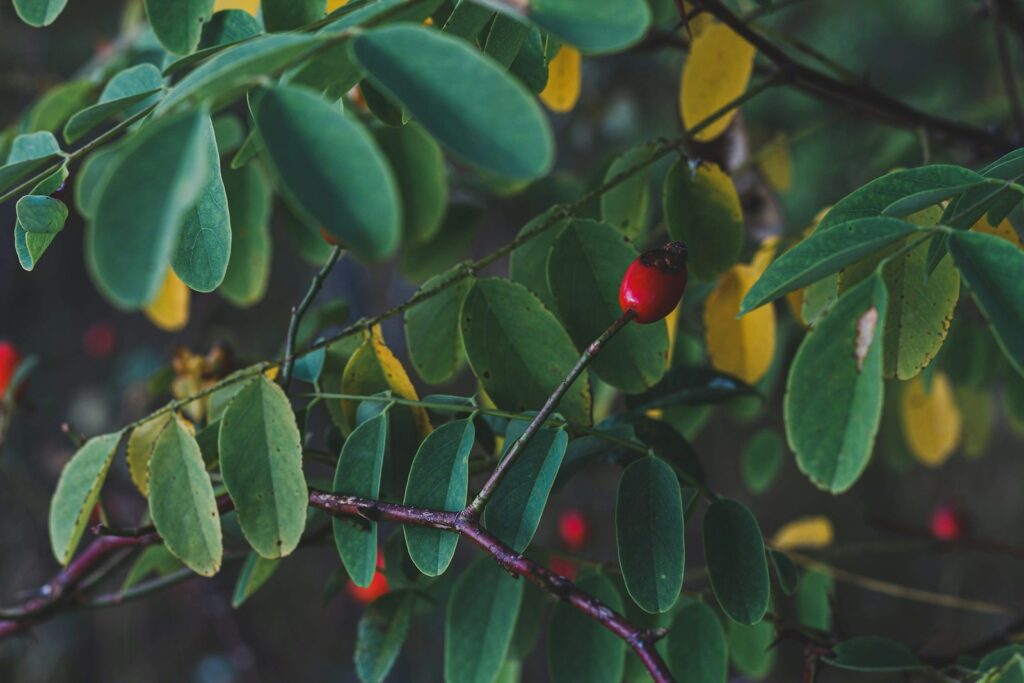
The cassowary possesses one of the most primitive digestive systems among living birds, which reflects its ancient evolutionary history. Unlike most birds that have highly specialized digestive organs, the cassowary retains a relatively simple gut structure more similar to that of reptiles than most avian species. Perhaps most notably, cassowaries lack a crop (the food storage pouch present in most birds) and have a remarkably short intestinal tract that allows food to pass through their system in as little as 24 hours. This primitive digestive architecture enables them to consume fruits that would be toxic to most other animals, as the seeds pass through their system before toxins can be absorbed. Their diet includes over 238 species of fruits, particularly those with large seeds that no other rainforest creature can effectively disperse, making them ecological “living fossils” that maintain ancient plant-bird relationships established millions of years ago.
Ancient Reproductive Behaviors
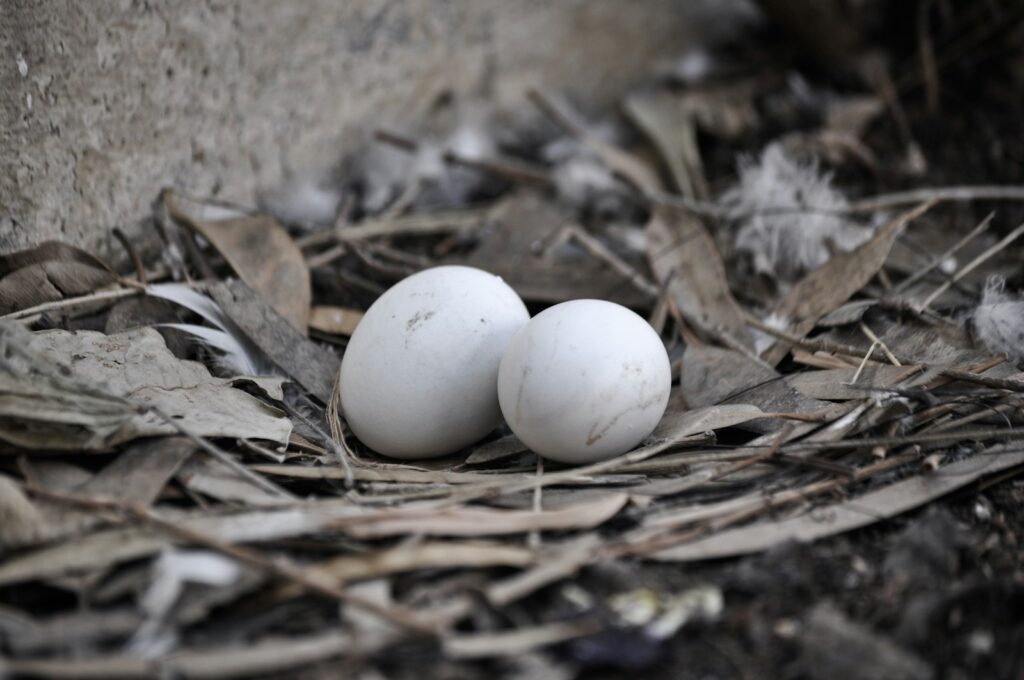
The cassowary’s reproductive strategy reflects primitive patterns that differ significantly from those of more recently evolved bird species. After mating, female cassowaries – larger and more dominant than males – lay their eggs and then abandon them entirely, leaving the males responsible for the full 50-60 day incubation period and subsequent chick-rearing for up to 9 months. This reversal of parental roles represents an ancient reproductive pattern found in many ratites but rare among other birds. The cassowary’s eggs themselves appear primitive – large (weighing up to 1.5 pounds), pale green, and with textured shells that resemble those of certain dinosaur eggs. Perhaps most tellingly, cassowary embryos develop reptilian features during gestation that later disappear, including teeth and more pronounced tail vertebrae – embryological vestiges that provide a window into their evolutionary past.
Behavioral Links to the Prehistoric Past
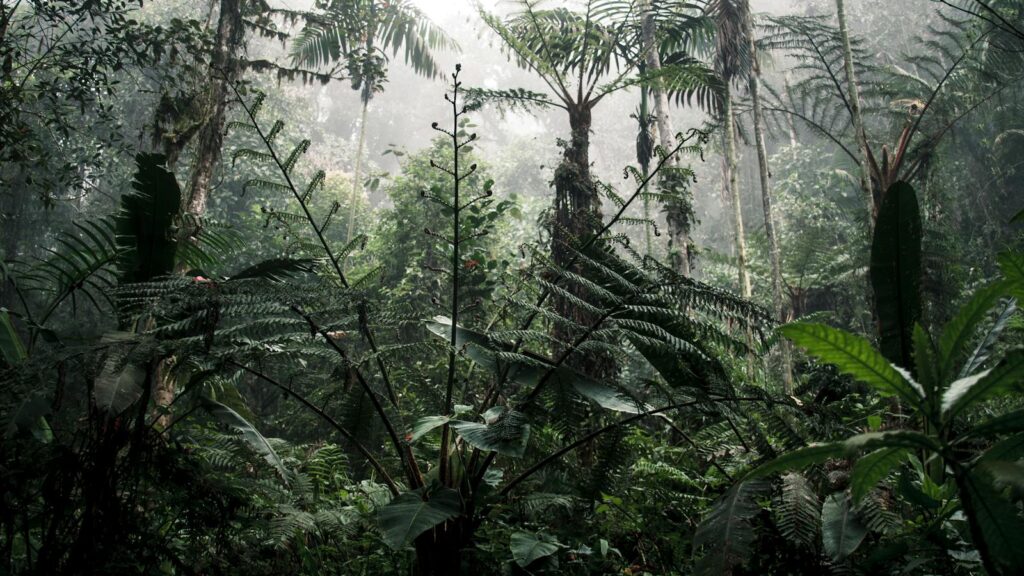
Cassowaries exhibit several behaviors that appear to have remained largely unchanged for millions of years, connecting them behaviorally as well as physically to their prehistoric ancestors. When threatened, they display a defensive posture virtually identical to that reconstructed for certain theropod dinosaurs – standing tall with neck extended, feathers raised, and emitting deep booming vocalizations before potentially charging with their dangerous clawed feet. They are solitary creatures, maintaining large territories through chemical communication rather than forming flocks or pairs, a behavioral pattern more typical of reptiles than most birds. Their swimming ability is also unusually developed for a bird of their size, as they can cross wide rivers and even swim in the ocean between islands – a capability that links them to early birds and dinosaurs that retained strong swimming adaptations.
Genetic Evidence of Ancient Origins
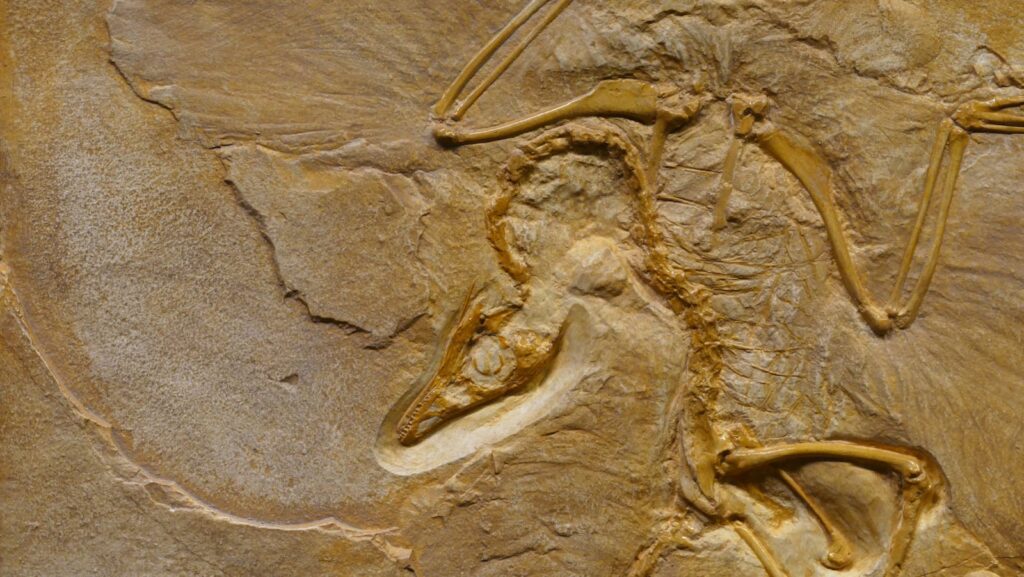
Modern genomic research has provided compelling evidence for the cassowary’s ancient status among living birds. DNA sequencing studies have confirmed that ratites, including cassowaries, diverged from other bird lineages approximately 130 million years ago during the Early Cretaceous period when non-avian dinosaurs still dominated terrestrial ecosystems. The cassowary genome contains unusually high proportions of ancient DNA elements and fewer genetic innovations compared to more recently evolved bird species. Particularly revealing is the cassowary’s possession of intact genes for certain proteins and enzymes that most other birds have modified or lost entirely over evolutionary time. These genetic “living fossils” within their DNA provide molecular evidence supporting what their physical appearance suggests – that cassowaries represent one of the least changed lineages of birds since their divergence from other avian groups.
Conservation Status and Modern Threats
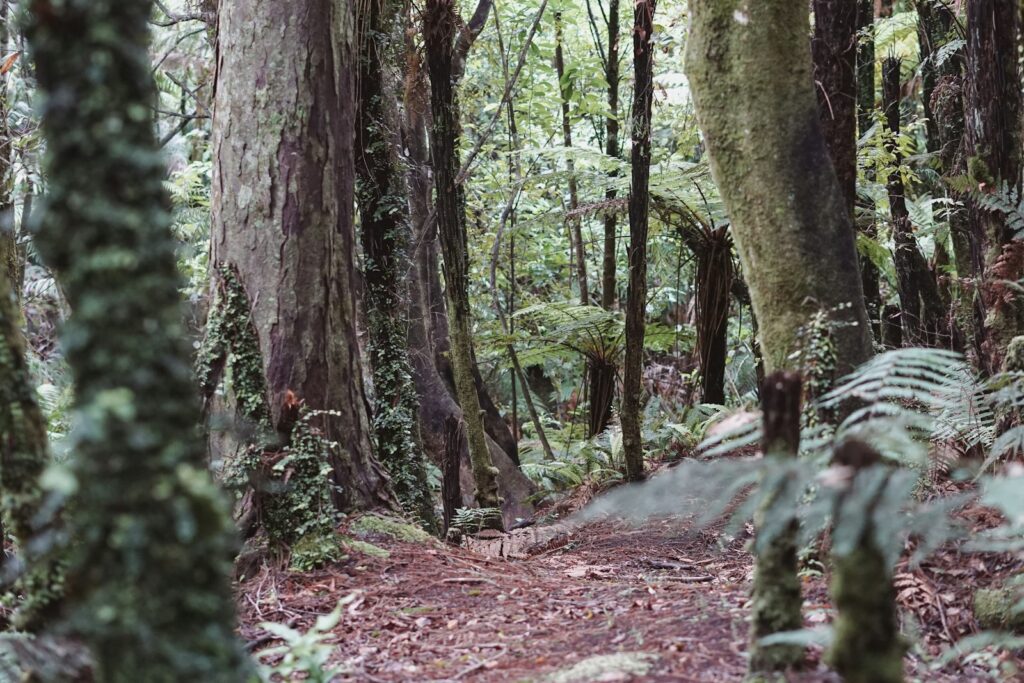
Despite surviving virtually unchanged for millions of years, the southern cassowary now faces unprecedented threats that could end its remarkable evolutionary journey. The species is classified as Vulnerable on the IUCN Red List, with total wild population estimates ranging from just 4,500 to 5,600 individuals. Habitat fragmentation presents the most significant threat, as cassowaries require large territories of intact rainforest to sustain themselves – environments increasingly divided by human development and agriculture. Vehicle strikes claim dozens of cassowaries annually as roads cut through their habitat, while dog attacks and indiscriminate hunting further reduce their numbers. Climate change threatens to alter the fruiting patterns of the rainforest plants they depend upon, potentially creating food scarcity. Conservation efforts focus on habitat preservation, creating wildlife corridors to connect fragmented populations, and raising public awareness about the ecological importance of this living connection to Earth’s distant past.
The Southern Cassowary’s Ecological Legacy
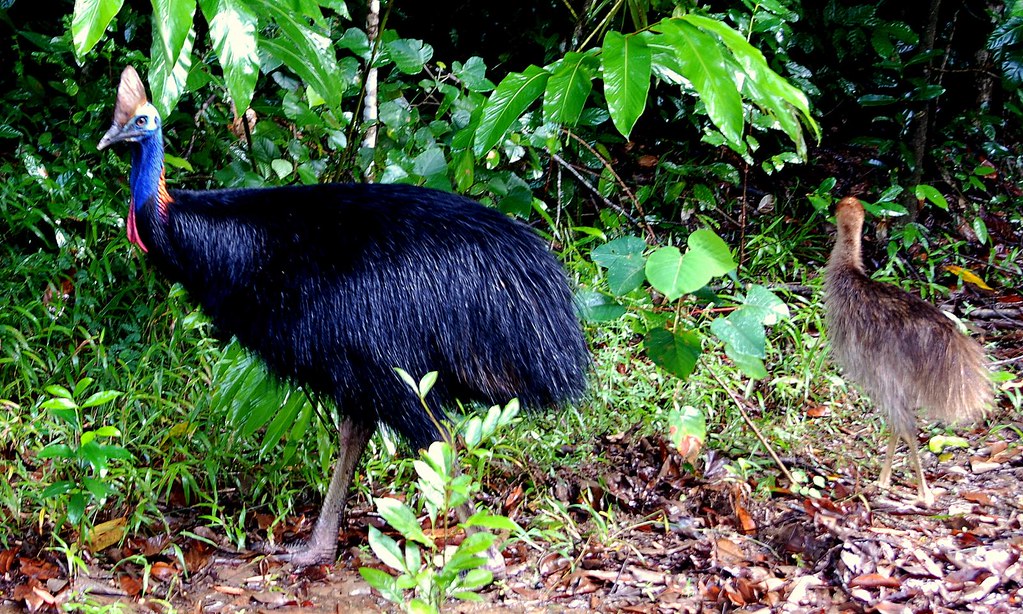
Beyond its importance as a living window into avian evolution, the southern cassowary plays a crucial ecological role that has likely remained unchanged for millions of years. As the rainforest’s primary seed disperser, it consumes fruits with seeds too large for any other forest creature to swallow and transports them throughout its extensive territory. Some rainforest plant species have evolved fruits specifically adapted for cassowary consumption and cannot effectively reproduce without these birds, creating an ancient mutualistic relationship estimated to be over 40 million years old. The cassowary’s droppings effectively fertilize the seeds and deposit them in ideal germination conditions, helping maintain rainforest diversity and structure. This ecological function represents a living continuation of plant-bird relationships established when the world’s forests looked vastly different than they do today, making the cassowary not just a visual reminder of the prehistoric past, but a functional one as well.
The southern cassowary, with its dinosaur-like appearance and primitive characteristics, stands as perhaps the most ancient-looking bird still walking our planet. From its mysterious casque and primitive feathers to its vestigial wings and fearsome clawed feet, every aspect of this remarkable creature provides glimpses into avian evolutionary history. Conservation of this living fossil becomes not just a matter of preserving biodiversity, but of protecting a unique window into Earth’s distant past. When we look at a cassowary, we are seeing more than just an unusual bird – we are witnessing the legacy of evolution stretching back to the age of dinosaurs, embodied in a creature that has changed remarkably little while the world transformed around it. In protecting the southern cassowary, we preserve not only an ecological keystone species but also a living connection to the ancient origins of all birds.
